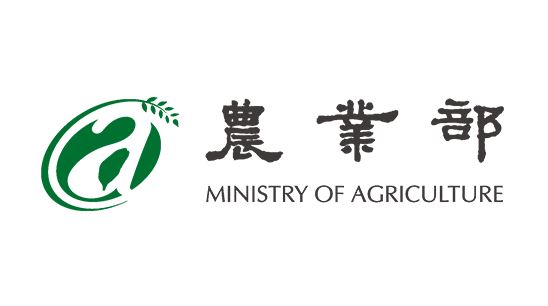Utilization of Agricultural Products: Sources of Dietary Fibre and Their Health Benefits
1. Introduction
Development of functional dietary fibre from agricultural products has been the focus of Cui’s lab for the last 20 years. With the objectives of
developing/creating and evaluation of new dietary fibre products that will impart superior physical and/or physiological benefits compared to
native dietary fibre when incorporated into processed food, we have studies a variety of Canadian agricultural products, including flaxseed,
yellow mustard seeds, fenugreek seeds, wheat brans, barley and oats beta-glucans, pulses and psyllium husk. A network has been developed
in Canada and with international research institutes/industrial partners for the purpose of developing dietary fibre based novel food ingredients
using novel processing technologies, molecular and functional characterizations, formulations; this will offer competitive advantages for the
Canadian processed food industry in an international marketplace. The market for dietary fibre is very competitive. It is expected to triple in
the next decade due to a growing demand for healthier processed foods containing more fibre without compromising taste or other sensory
qualities. An ever growing need is to create healthy processed foods that can play a role in preventing and managing certain chronic diseases,
such as obesity, diabetics, high blood pressure, cardio vascular disease, cancers. These have become prevalent in our society in recent decades.
Figure 1 illustrates the strategy used by Cui and colleagues around the world for studying polysaccharides/dietary fibres from agricultural
products. Polysaccharides from agricultural products are multi-functional: it can be used as hydrocolloids based on their ability to give viscosity
to aqueous solutions, form gels and exert stability for oil/water emulsions [1]. These same polysaccharides are considered as watersoluble
dietary fibres as they cannot be digested by human digestive enzymes and can be fermented in the gut to promote gut health and enhance
the immunity (Nie, Cui and Xie, 2018). Some of the polysaccharides from plants and fungus were found to be bioactive in terms of modulating
immune systems, exhibiting anti-cancer effects and prevent oxidative stresses [2]. This paper will focus on the development of dietary fibres from
crops grown in Canada, and explore their potentials as functional ingredients for the food industry.
知識樹分類
消費者知識庫 > 農藝類
消費者知識庫 > 園藝類
消費者知識庫 > 農業經濟與推廣類
消費者知識庫 > 食品科學類
相關檔案下載
- 營養多彩正著時 蘆筍家族面面觀113/04/25
- 氣候異常鋒面(可能豪雨)到來,臺南區農業改良場籲請農友採取相對應防範措施113/04/25
- 苗栗農改場第293期月刊-113年5月主要作物病蟲害預測113/04/22
- 苗栗農改場第293期月刊-新竹文山國小環教科普之行-轉身幻畫現創意113/04/22
- 苗栗農改場第293期月刊-苗栗場推動產銷履歷再創佳績榮獲112年團隊成就特優獎113/04/22
- 苗栗農改場第293期月刊-選擇適栽品種 掌握栽培技術硬質玉米產量好113/04/22
- 苗栗農改場第293期月刊-葡萄氰滿素催芽大成功 百餘位農民現場見證113/04/22
- 苗栗農改場第293期月刊-氰滿素催芽第一次就上手 關鍵撇步報你知113/04/22
- 苗栗農改場293期月刊-全國青農座談交流會 圓滿順利113/04/22
- 桃園區農情月刊---第245期-------------政策宣導~推廣調高農漁民子女獎助學金海報113/04/19






